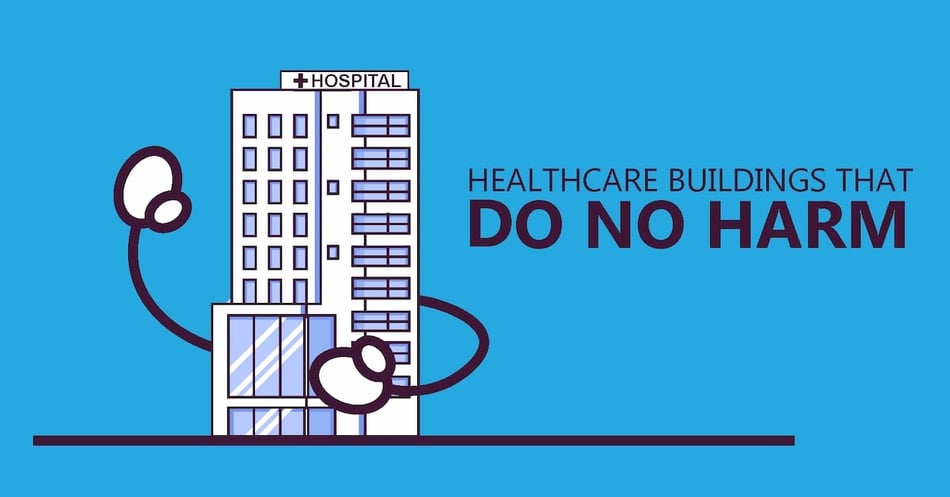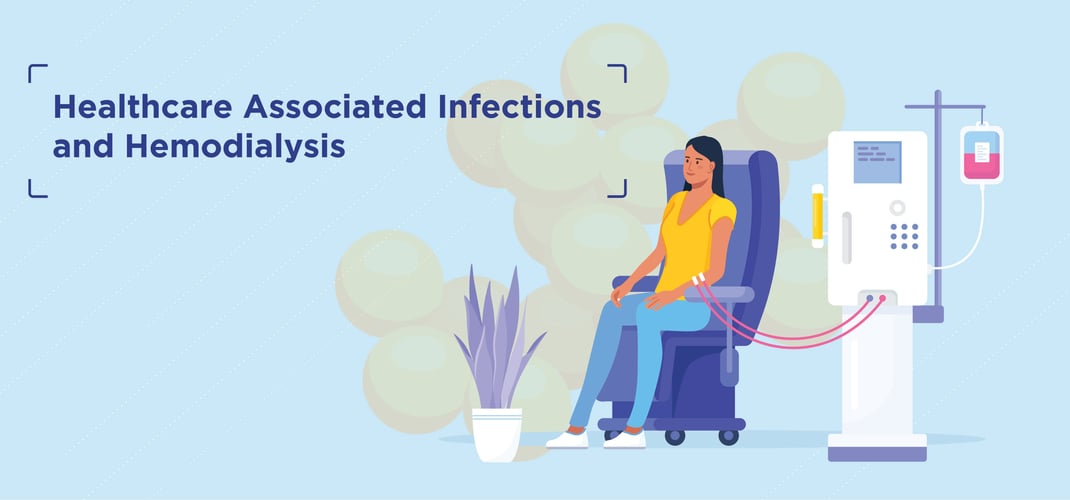Healthcare Buildings that Do No Harm

Physicians and other healthcare workers take an oath - whether literally or simply by taking up a profession in medicine - to "first, do no harm" to their patients. It's just taken for granted that anyone entrusted with the health of another individual has the overarching duty to not do additional harm to a patient. But what about the professionals responsible for building the spaces where these patients receive care? What are some steps they can take to ensure that the buildings they design "first, do no harm?" In today's post, we'll explore some key design choices that can make healthcare facilities healthier places to heal.
Thanks to regulations, building codes, and other measures of accountability, buildings are safer than ever. Hospitals and other healthcare facilities have even more stringent regulations that are put in place to protect patients and the healthcare workers caring for them. Some of these regulations cover the physical structure, while others cover how the activities within that structure are supported through layout, placement, and movement.
Structural requirements include materials selection and space allotment. For example, there are restrictions on the kinds of materials that can be used near water, while others cover the size of patient rooms and where they are placed in relation to the nurses' station. There are design choices involved in HVAC and plumbing as well, taking into consideration air quality, the dangers of stagnant water, and the barriers between the inside and outside world.
Design choices go beyond materials and layout. Research informs designers about human activity flow, showing optimal placement for medical devices, handwashing stations, supply closets, PPE, and other frequently-accessed areas. Research has also provided helpful data to show how design elements such as windows, colors, gardens, and lighting can impact mental and physical health and recovery.
But all these regulations come from a perspective that we can always do better, find better solutions, and even prevent some problems in the first place.
The idea of how the built environment can support infection prevention and control is relatively new, with much still to be done in the form of guidelines and regulations. Air and water flow innovations involving UV, filtration, and other methods of eliminated contamination are on the market and being investigated. Biocidal materials such as copper alloys and copper-infused polymers are being installed in patient areas while also being investigated by a variety of research teams. In the near future, some of these technologies will most likely find their way into the building and construction "standards of care."
Until that point, every building should be regularly examined for potential sources of harm. This includes not just those risks that would lead to clear violations of codes or requirements. To make sure a building does no harm, we must also make sure it is not contributing to infection and contamination risks. Sinks that harbor bacteria, textiles that become reservoirs, furniture with cracks where pathogens can escape cleaning, all these and more represent buildings that could harm patient health. Until the regulations catch up with the science, we are all responsible for taking the oath on behalf of the buildings in which we work.
Editor's Note: This post was originally published in December 2019 and has been updated for freshness, accuracy and comprehensiveness.
![EOScu Logo - Dark - Outlined [07182023]-01](https://blog.eoscu.com/hubfs/Eoscu_June2024/Images/EOScu%20Logo%20-%20Dark%20-%20Outlined%20%5B07182023%5D-01.svg)

![[infographic] Anatomy of a Hospital Sink Download and share!](https://no-cache.hubspot.com/cta/default/216314/interactive-178544461085.png)



